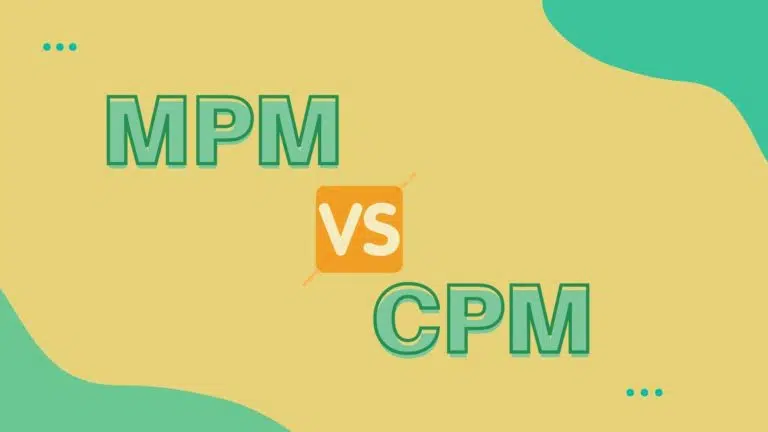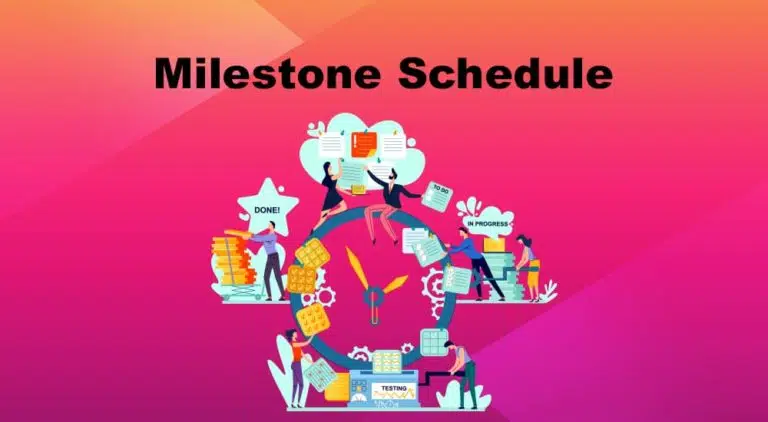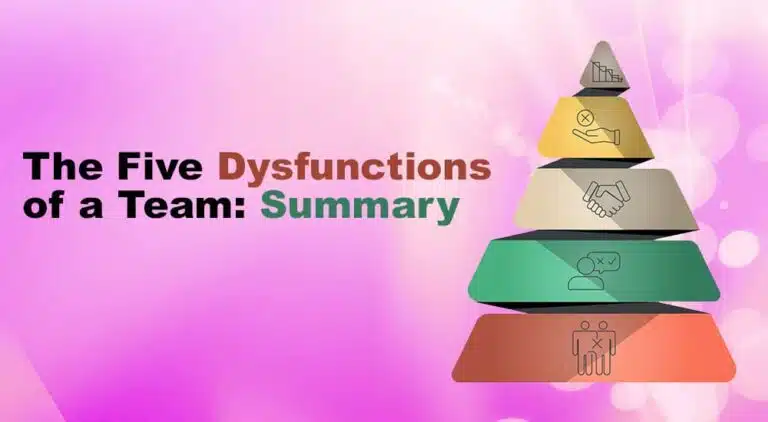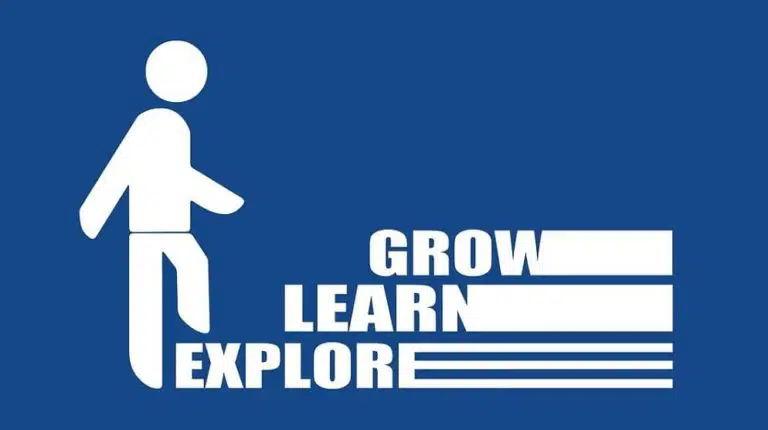You often face a problem and conduct a simple brainstorming session to find a solution. You find the solution and implement it, but a little later, the problem resurfaces again with probably more intensity.
Such problems require a more in-depth analysis to find the root causes of the problems and tackle them permanently. The 5 Whys Approach (often referred to as “5Y”) is useful when finding solutions for recurring or difficult problems.
Today’s article will discuss the 5 Whys Approach and provide examples and templates.
Historical Background of the 5 Whys Approach
The 5 Whys Approach was developed by the Toyota Motor Corporation and popularized in the 1930s by Sakichi Toyoda, a Japanese industrialist and creator of Toyota Industries. Taiichi Ohno was also one of the founders of the technique. In Ohno’s book, Toyota Production System: Beyond Large-Scale Production, he said, “By saying ‘why’ 5 times, the essence of the issue and its solution become evident.”
It evolved and became more popular in the 1970s.
Toyota follows a “go and see” philosophy, where they make decisions based on an in-depth understanding of what is “really” happening on the shop floor rather than someone sitting in the meeting room and assuming what might have happened.
The 5 Why technique follows this philosophy, and it is the most effective when you get answers from people who have experience with the issues or the problem at hand.
What is the 5 Whys Approach?
The 5 Whys Approach is a problem-solving technique that helps identify the root cause of an issue by asking “why” 5 times to dive deeper into the layers of the problem.
The 5 Whys Approach is useful in all industries. A study published in the International Journal of Advanced Research in Management and Social Sciences shows how the 5 Whys Approach reduces defects and improves overall quality. The iterative nature of the questioning process helps uncover underlying issues rather than just addressing surface-level symptoms.
By continuously asking “Why?” 5 times, you can get to the source of the problem.
The 5 Hows technique then identifies a solution to the fundamental cause(s). The 5 Whys and 5 Hows are mutually beneficial. You find the root cause using the 5 whys approach, and then you find the solution with the 5 Hows method.
The 5 Whys and 5 Hows technique can help you get to the bottom of a problem and find a solution.
The 5 Whys dig into the issue, and the 5 Hows are used to flesh out the solution.
When Can You Use the 5 Whys Approach?
You can use the 5 Whys Approach when you have recurring problems. You can also use it to improve product and/or process quality.
This technique is useful for simple to moderate problems or issues as the 5 Why technique leads to a single cause, though a complex problem may have multiple root causes. In such situations, you can use other techniques such as cause and effect analysis, failure mode and effect analysis, etc.
The 5 Whys Approach is a straightforward, adaptable strategy. Even on the first try, you can uncover the root cause swiftly. You should use this method before using more advanced techniques.
As this technique requires time, you should use this method for the problems that affect the project most. You can use Pareto analysis to separate the most recurring issues, then use the 5 Whys Approach to identify a solution to these pressing concerns.
You can use this technique with any framework or methodology. You can use it in project management, lean manufacturing, Six Sigma, etc.
How to Use the 5 Whys Approach
Use the following steps to conduct the 5 Whys Approach:
1. Gather the Experts and Explain the Problem
Bring in people involved with the problem or issue for a brainstorming session. If you are not involved with the problem, get involved before participating in the session. You should also invite some experts who have experience solving similar problems.
Define the problem, write it on a whiteboard or a sheet of paper. Make sure that it is a straightforward problem statement, then write “why” 5 times vertically. Leave enough space between two whys, so you can write questions around them.
2. Ask the First “Why”
Ask the attendees why the problem occurred in the first place. Ensure that the attendees provide factual answers. Don’t allow participants to express their opinions or thoughts.
The attendees should only answer what has happened. This ensures that your assumptions are not included in the problem. This stops collecting a vast number of answers and stops becoming a process of guessing.
Record answers around the first “why.”
3. Ask “Why” Four More Times
You will turn the answer received in the first “why” to a “why” question and ask participants to answer this why again.
You can add why to the answer received from the previous response to make it another “Why.”
4. Stop When the Root Cause is Discovered
When you receive a satisfactory response or the root cause of the problem, there is no need to ask more whys, as it will waste your time.
For example, if you find the root cause of the problem after three whys, don’t go for the fourth why.
If you find more than one cause for the problem, do the same for different branches until you find the root cause for each reason.
The number 5 in 5 Whys is only a rule of thumb. You will often need to stop on the third or fourth why, and sometimes you may need more than 5 whys. As you continue the process, you will know when it is the right time to stop.
5. Determine and Implement Corrective Actions
After identifying the root cause(s), conduct another brainstorming session. You should list approved corrective activities to eradicate the issue’s root cause. You can use the 5 Hows method to figure out the answer. For example, “How can this problem be avoided?” Continue to ask “how” until you find a solution that eliminates the root cause.
6. Monitor the Solution
After implementing the solution, you must monitor it to ensure the solution is effective and the problem is solved entirely. Based on the feedback from the shop floor workers, you can update or modify the solution to make it more robust.
5 Whys Template
Below is an example template for the 5 Whys Approach.
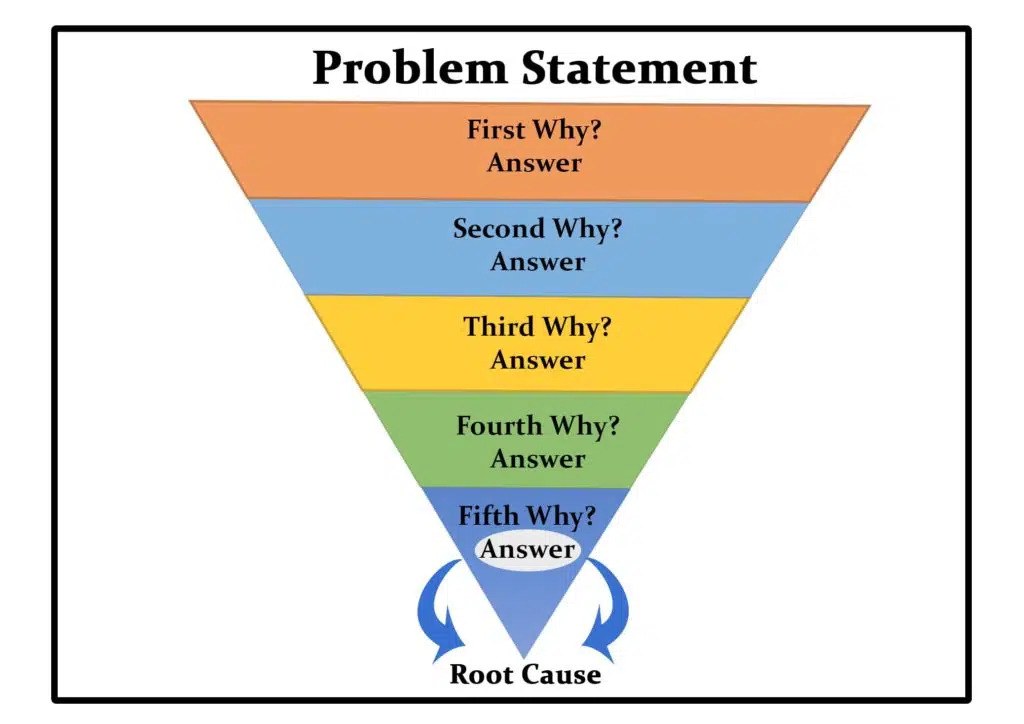
5 Whys Approach Examples
Let’s review the 5 Whys examples to understand this technique better.
Example 1
Problem Statement
The client declined to pay the interim payment.
First Why
Why does the client refuse to make the advanced payment?
We didn’t finish the activities on time.
Second Why
Why didn’t we finish the activity on time?
Because the action took longer than expected.
Third Why
What led to the action taking longer than expected?
First, we didn’t have enough materials for the exercise.
Fourth Why
Why didn’t we have enough supplies with us?
We didn’t buy the materials in time.
Fifth Why
Why didn’t we buy the materials sooner?
We didn’t look at the job timetable.
Failure to analyze the job timetable is the root cause of the problem.
Corrective Actions
To minimize the lack of communication and coordination, the project team should establish strong communication channels and hold regular progress meetings.
Example 2
Problem Statement
Children don’t go outside to play

Example 3
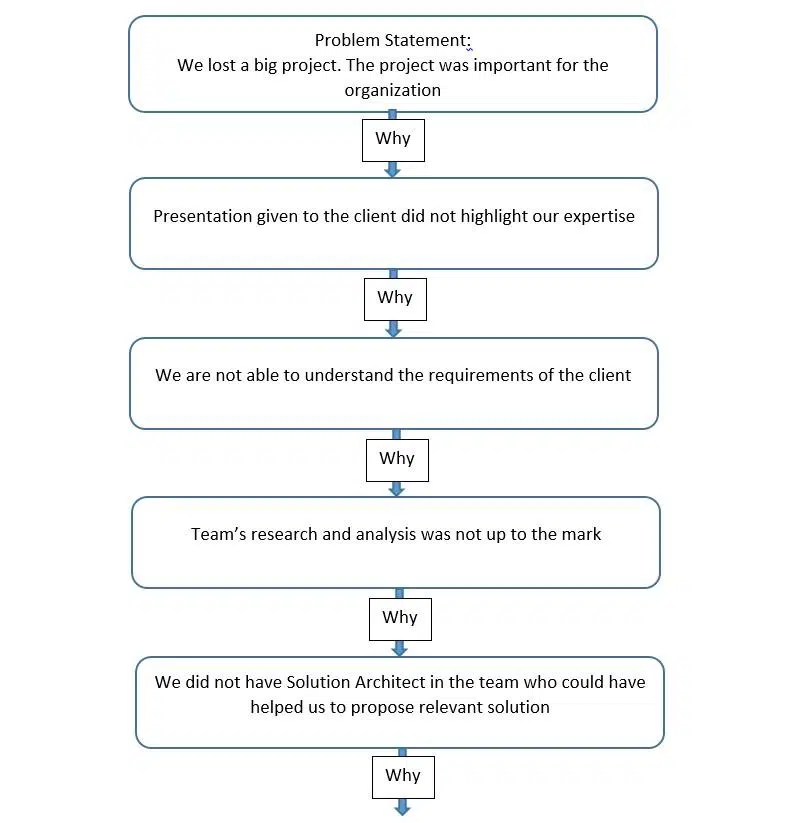
Benefits of the 5 Whys Approach
- They encourage each team member to submit suggestions for ongoing improvements.
- They are a highly effective, easy-to-use tool.
- They allow you to find the root cause of the problem instead of its symptoms.
- They avoid acting before you determine whether you’ve found the root cause of the problem.
- They create a culture that values continual improvements.
Limitations of the 5 Whys Approach
The following are a few limitations of the 5 whys approach:
- This technique often oversimplifies complex issues, thus leading to a superficial understanding of the problem.
- This technique depends on the quality of the questions. If the questions are not good enough, the analysis may not provide an effective solution.
- This exercise can become a blame game if it is not approached with a collaborative, non-judgmental mindset.
- The 5 Whys are ineffective when dealing with problems that have multiple, interrelated causes.
5 Whys FAQ
Q1: What is the 5 Whys Approach?
The 5 Whys Approach is a problem-solving technique that asks “why” repeatedly to get to the root cause of an issue. It helps find the underlying factors contributing to a problem rather than just addressing the symptoms.
Q2: How does the 5 Whys Approach work?
The technique involves asking “why” 5 times in succession to delve deeper into the causes of a problem. Each successive “why” helps identify the immediate cause and pushes towards understanding the fundamental root cause of the issue.
Q3: When should I use the 5 Whys Approach?
The 5 Whys Approach is most effective for addressing recurring problems, complex issues, or situations in which the root cause is not immediately apparent. It’s also valuable for continuous improvement and preventing problems from reoccurring.
Conclusion
The 5 Whys are a problem-solving method to find the root causes of issues. They ask “why” 5 times to dig deeper into problems. They help uncover hidden reasons that allow you to find effective solutions. They are easy to use and can solve various problems, which will prevent them from recurring.

I am Mohammad Fahad Usmani, B.E. PMP, PMI-RMP. I have been blogging on project management topics since 2011. To date, thousands of professionals have passed the PMP exam using my resources.


